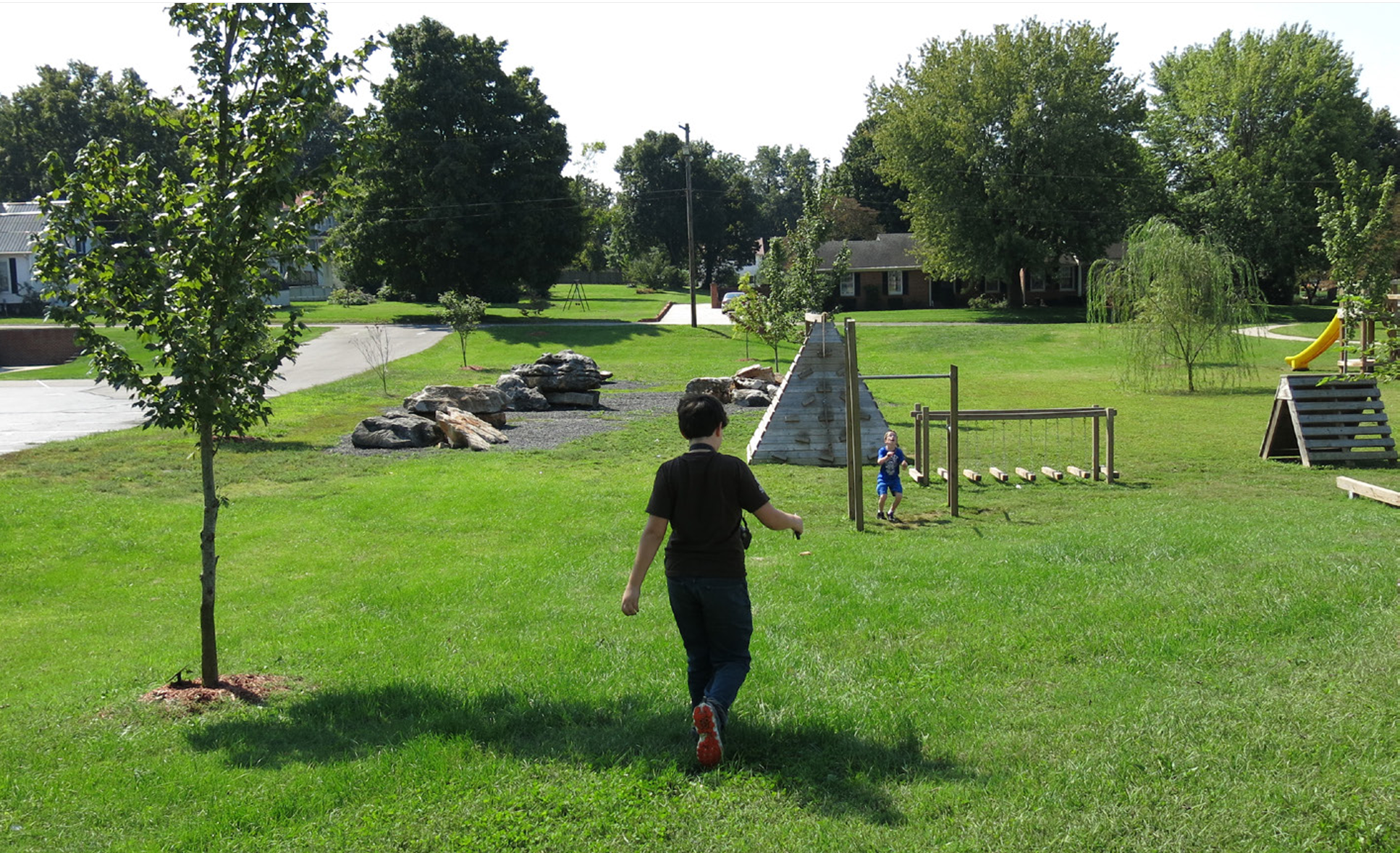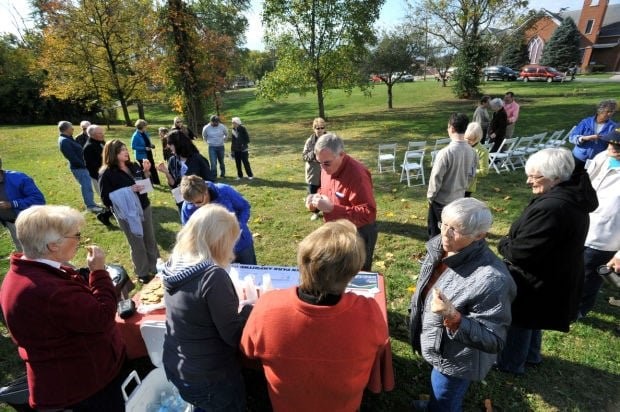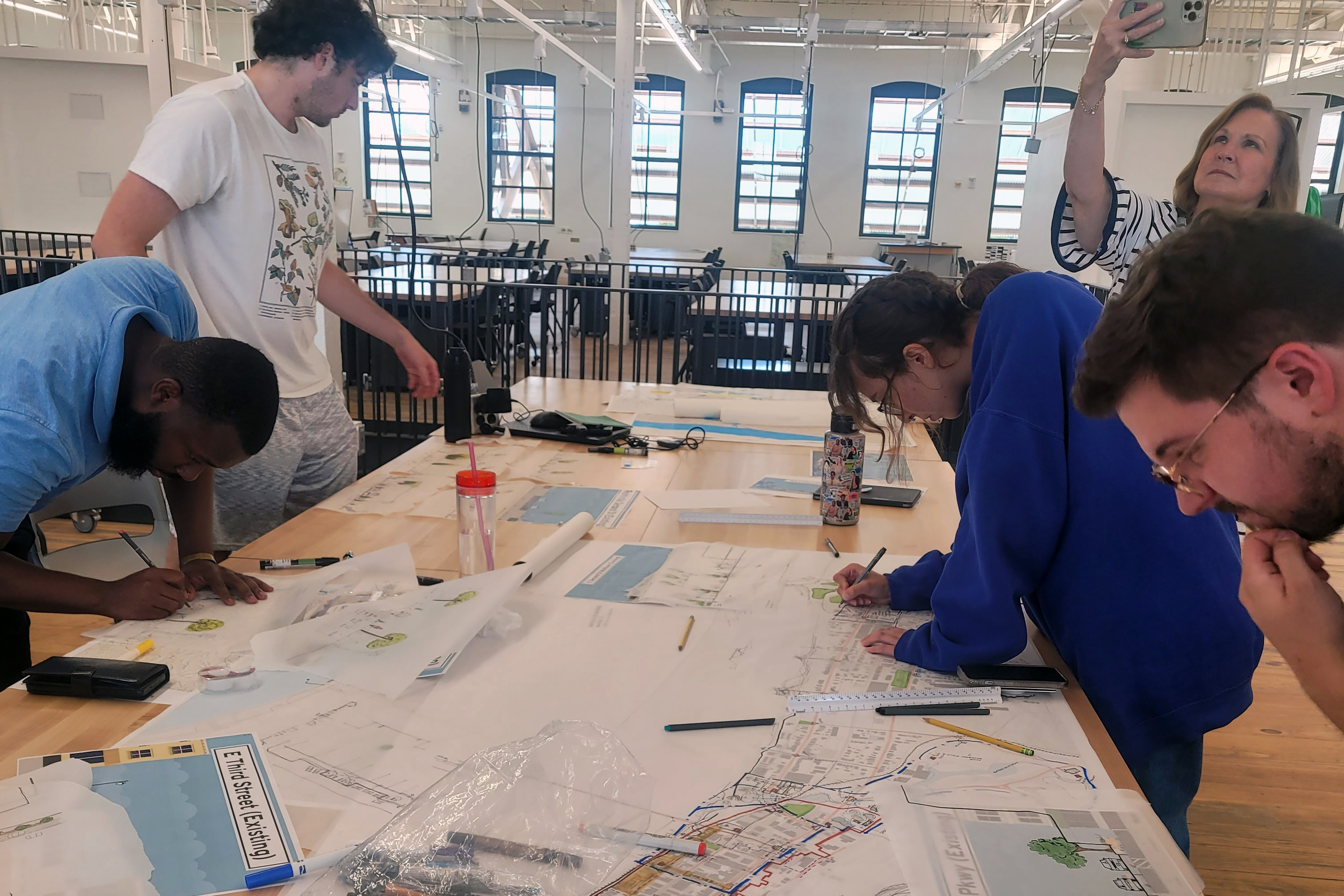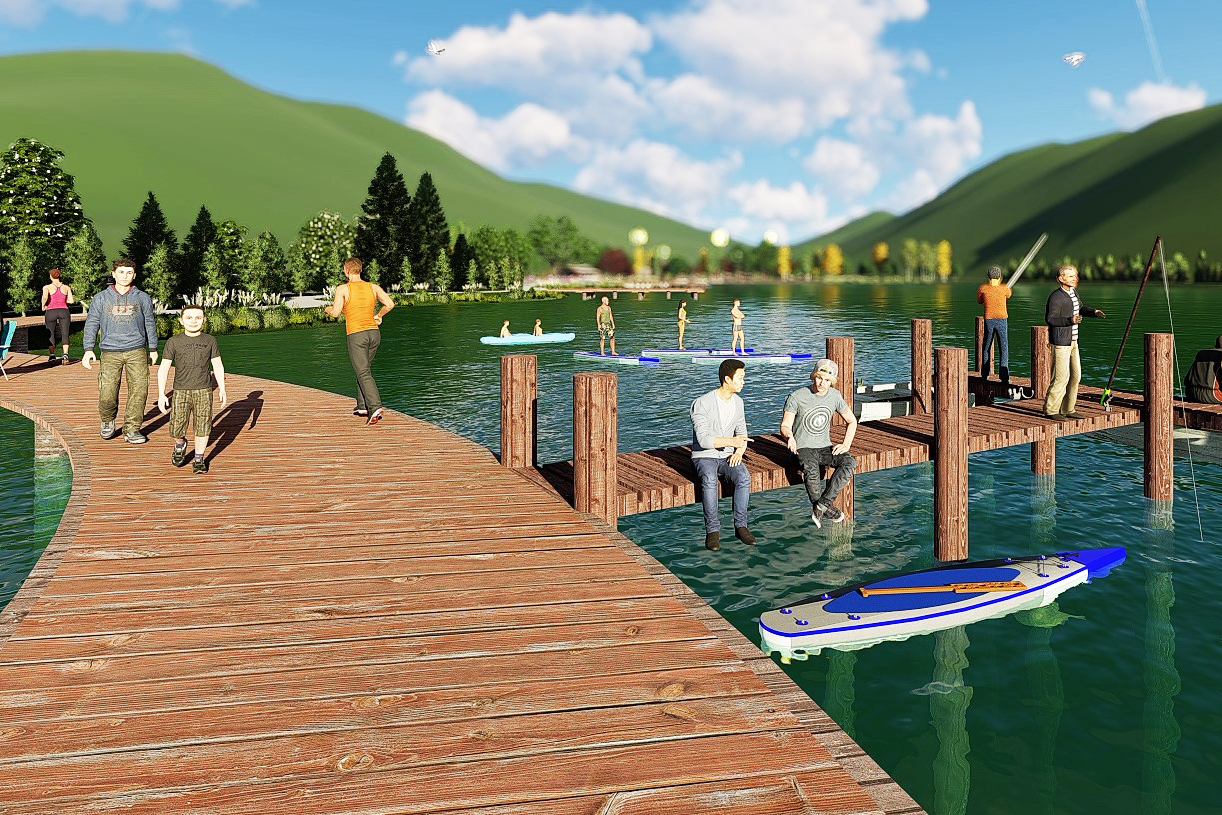Publication | Placemaking: Strengthening Your Public Spaces
Publication | Placemaking: Strengthening Your Public Spaces

INTRODUCTION
Strong public spaces provide lasting impressions and shared community experiences. Public spaces are locations that are accessible to the public, including parks, streets, playgrounds, and fairgrounds. In addition to publicly owned spaces, public spaces can also include privately owned spaces with areas open to the public, such as plazas or memorials. Although the size and scope of public spaces may differ, the goals and functions should be suitable and appropriate for the size and location. Successful public spaces connect with other parts of a community and are accessible and open to residents and visitors alike.
This publication illustrates the benefits of enhancing publicly shared spaces in communities with the prospect of guiding the development of sustainable public spaces. Parks and plazas that come in wider shapes and forms in particular are addressed in this publication. For trails or streetscape projects, refer to other series in the landscape architecture extension publications. (Trails: LA1, 2, 3 or Streetscape: LA7,8).
WHAT IS A PUBLIC SPACE?
Public spaces are shared areas of communities where everyone has the opportunity to access and use the space for appropriate purposes. Public spaces come in various shapes, sizes, and locations (Table 1). Historically, public parks, plazas, squares, commons, and markets were centrally located in communities for shared functions, such as livestock grazing, recreation, and social gathering. With growing populations and expanding cities, public spaces became intentionally dispersed in multiple locations throughout local government boundaries with the intention of providing citizens with access to nearby public spaces. Over time, public spaces such as community parks that require larger areas for expansion were created at the edge of towns. Still today, in smaller cities and towns, there is typically at least one centrally located public space.
Public spaces can be valuable areas where various activities, events, and everyday errands take place. Therefore, these spaces should be planned and designed to best suit the intended uses of the public (Figure 1).
Regularly used public spaces are often highly valued and can contribute to the identity of the community.
The process of making public places is conceptually similar to the process of what Project for Public Spaces defines as placemaking, a “place-led” movement to enhance the quality of life in communities. The foundation of placemaking starts with identifying a space, district, or town at large. Communities benefit from having physical public spaces and these places create opportunities to strengthen a community’s identity and sense of place by creating locations for shared memories
Table 1 - Types and various uses of public spaces
Parks (Playgrounds, Sports Fields, Neighborhood Park)
Plazas/Squares (Courthouse Lawn, City Hall Plaza)
Streets (Sidewalks, Trails)
Markets (Pavilion, Farmers Market)
Waterfronts (Riverfront, Beaches)
Memorials (Cemetery, Memorial Park)
Gardens (Community Garden, Children's Garden, Arboretum
BENEFITS AND CHALLENGES OF PUBLIC SPACES
Great public places are areas that function effectively and cater to a range of users and needs. Public spaces must be continuously maintained, managed, and updated to accommodate changing user needs. When public spaces function well, they benefit individuals and also community health and sense of identity (Table 2). Ideally, those planning and designing public spaces should intentionally think about making places that naturally evolve as destinations, gathering places, and social spaces, appropriately adapting to user trends.
Public spaces often have common problems such as a lack of seating options, insufficient gathering areas, unclear or unattractive entrances, or features that do not function as originally planned. In some cases, the planning and design of public spaces addresses only a limited range of users and uses. For example, designed pedestrian circulation routes frequently do not align with actual use patterns, and as a result, self-made paths emerge.
Table 2 - Benefits and challenges of public spaces
PHYSICAL
Benefits -
- Provide open spaces in built environments
- Enhance aesthetics and ecosystem services
Challenges -
- Expansion of older public spaces surrounded by development is limited
- Insufficient/poor maintenance
SOCIAL
Benefits -
- Provide safe and pleasant areas for people focused activities and gatherings
Challenges -
- Dominance of a particular user group can negatively influence the use by other groups
HEALTH
Benefits -
- Offer areas to engage in physical activities
- Offer areas with healthier environment quality
Challenges -
- Distances to public spaces can restrict or discourage participation in physical activities
ECONOMIC
Benefits -
- Indirectly influence economic activities and property values
Challenges -
- Fund-raising needs to be planned out in advance to support implementation
GOALS AND OBJECTIVES OF PUBLIC SPACE PROJECTS
When designing public spaces, communities should listen to the needs of their community members. A typical process identifies priorities, then sets goals and objectives that can be accomplished through an actionable plan. Typical goals and objectives of public space projects depend on the type of public space that a community is interested in working on. For example, park projects may concentrate on recreational goals while plazas and squares aim for gathering and passive relaxation goals. Waterfront projects may focus on ways to take advantage of access to water bodies but need to address safety issues as well (Figure 2).
Figure 2
Entrance to the waterfront park in Bowling Green, Kentucky

Farmers market projects often strive to balance easy access for producers while also providing ample space for customers and events (Figure 3).
Figure 3
Farmers market in Bowling Green, Kentucky

Thus, the goals and objectives for public space projects should be determined by the communities to address their particular priorities. Furthermore, each public space project will differ depending on the location, goals, preference of design style and funding among other considerations (Table 3). Although all communities can have a central park, not all central parks will look and function the same way.
Table 3. Goals and objectives for public space projects
PARK
Goals -
- Provide areas for active recreation, relaxation, gatherings, etc.
Objectives -
- Enhance older public spaces with up to date play equipment or sports facilities
- Re-design areas with appropriate amenities for socializing (seating, pavilions, etc.)
PLAZA/SQUARE
Goals -
- Provide safe and pleasant areas for social activities and passive recreation
- Attract users in central community locations
Objectives -
- Re-design exterior spaces, empty lots in downtown/ central district to include natural features and amenities
FARMERS MARKET
Goals -
- Balance space for market and social functions
Objectives -
- Offer areas within market space for easy access for producers
- Provide ample space for customers and events in close proximity to merchant activities
WATERFRONT PARK
Goals -
- Attract users to the edge of water bodies
Objectives -
- Provide safe access to water bodies
- Provide features and amenities to engage users
CONCLUSION
Public spaces can benefit individuals, communities, and the greater public through a variety of perspectives ranging from physical enhancements to economic activities, while also encouraging healthier lifestyles. Ultimately, enhancing public spaces in your community will not only strengthen the community’s place identity but also the sense of place of its members.
REFERENCES
Carr, S., M. Francis, L.G. Rivlin, and A.M. Stone (1992). Public Space. New York: Cambridge University Press.
Francis, M. (1988). Changing values for public spaces. Landscape Architecture, 78, 54-59.
Project for Public Spaces (2016). Placemaking: What if we built our communities around places? http://www.pps.org/reference/what_is_placemaking/
Project for Public Spaces (2009). Why Public Spaces Fail. https://www.pps.org/reference/failedplacefeat/


